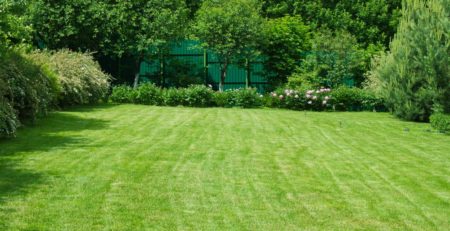What is the proper way to water roses?
Q: What is the proper way to water roses as we move into the hot temperatures of summer?
A gentleman once reported that he planted his roses along the edge of his lawn so his sprinkler system took care of watering them every day. He was happy, but it was obvious by looking at them that his roses were not.
Roses like deep, infrequent watering. They enjoy drying out some in between waterings because it forces the roots to search for water deeper in the soil where they will also find the nutrients they need. Deeper roots can better withstand drought and make for healthier plants overall. Overwatering actually weakens roses, leaving them more vulnerable to disease.
Many people view roses as water hogs but in reality, unless they are in pots, roses
do not need as much water as we might think, even in the dog days of summer. Roses in sandy soil may need more water because it drains faster, but while the top of the clay soil here in the DFW area may be dry, the soil will be moist further down. Roots down in the moist soil are fine without adding water.
Newly planted roses, however, will need to be watered more often until they are established. Water as needed using 3-5 gallons of water per rose bush, dependent on their size. Gradually increase the length of time between waterings to encourage the roots to go deeper. Keep the bushes well mulched.
Paul Zimmerman (https://paulzimmermanroses.com/about-us/paul-zimmerman-bio/), a well-known rose consultant, recommends the following test to figure out how often to water an established rose:
- Soak your roses and mark the date on your calendar.
- Keep an eye on your roses; when they begin to wilt you have gone one day too long.
- Count the number of days since you soaked them and now you know how often to water.
- Repeat the test once in awhile and you will find over time you will have to water less and less.
- Always mulch well.
The symptoms of underwatering are usually droopy leaves. The symptoms of overwatering are usually droopy leaves. And rose leaves may naturally wilt when temperatures exceed 90 degrees, even if they do not need water. Confused? According to Zimmerman the best way to tell what is going on is to feel the leaves. If they feel soggy, they’ve gotten too much water. If they feel crispy, it is time to increase the amount you are watering.
If you want to install permanent irrigation, a system that covers the entire bed is preferred. Soaker lines beneath the mulch are a great choice. Just remember where they are when you start digging holes for new roses.
It is okay to water overhead. That is what happens every time it rains and roses enjoy a good bath on a hot day. Just make sure the foliage has plenty of time to dry off before evening. Wet foliage that persists overnight can lead to disease such as black spot.
Roses may survive inadequate watering, but we want them to thrive. Follow these suggestions and your roses will thank you.












